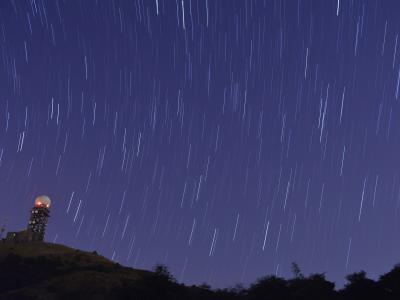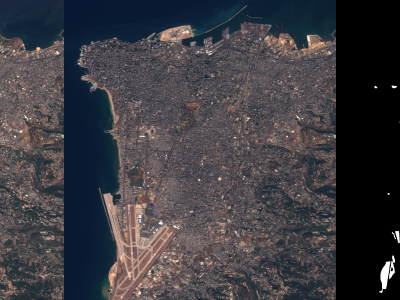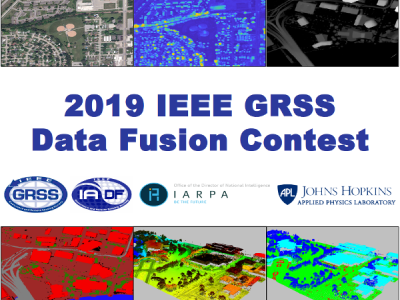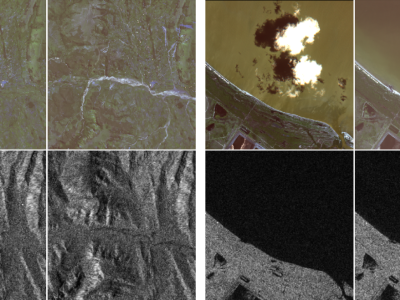Benchmark dataset with annotations for Boundary Delineator for Martian Crater Instances

- Citation Author(s):
-
Danyang Liu
(Institute of Geographic Sciences and Natural Resources Research, Chinese Academy of Sciences)
Weiming Cheng (Institute of Geographic Sciences and Natural Resources Research, Chinese Academy of Sciences)Zhen Qian (Nanjing Normal University)Jiayin Deng (Institute of Geographic Sciences and Natural Resources Research, Chinese Academy of Sciences)Jianzhong Liu (Institute of Geochemistry, Chinese Academy of Sciences)Xunming Wang (Institute of Geographic Sciences and Natural Resources Research, Chinese Academy of Sciences) - Submitted by:
- Danyang Liu
- Last updated:
- DOI:
- 10.21227/b21g-ya15
- Data Format:
 24 views
24 views
- Categories:
- Keywords:
Abstract
Detection of impact craters on the surface of Mars is a critical component in the study of Martian geomorphology and the evolution of the planet. As one of the most distinguishable geomorphic units on the Martian surface, accurate determination of the boundaries of impact craters provides valuable information in mapping and research efforts. The topography on Mars is more complex than that of the moon, making detection of real impact crater boundaries a challenging task. Instead of detecting the real boundaries, the majority of current techniques concentrate on replacing impact craters with circles or points. Real boundaries are more challenging to identify than simple circles. To solve the above challenges, a Boundary Delineator for Martian Crater Instances (BDMCI) using fusion data was proposed. First, optical images, DEM, and slope of processed DEM were used to combine the fusion data. Second, a sample dataset for the real impact crater boundaries was created, and sample regions were chosen using geospatial prior knowledge and the optimization strategy for the proposed BDMCI. Thirdly, the model was trained for various scales using deep learning. To fix the fractures at the junctions of patches, a variety of post-processing methods were devised. The proposed BDMCI was also used to expand the catalog of Martian impact craters in the large-scale region between 65°S and 65°N. The results of this study provide valuable insights into the geomorphology of Mars and demonstrate the potential of deep learning algorithms in planetary science research.
Instructions:







